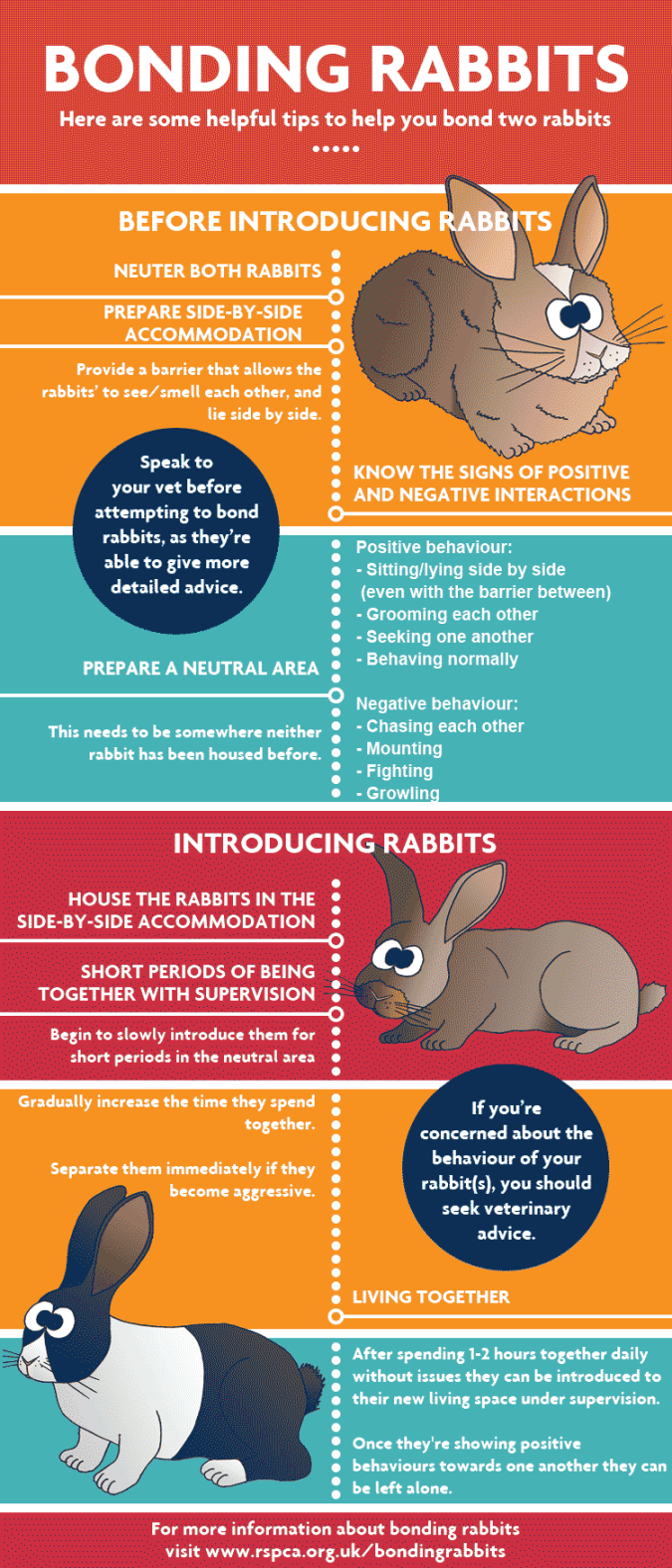How Many Rabbits Can Live Together?
Rabbits are social animals that can live happily in groups, but it’s important to consider the dynamics and space requirements when determining how many rabbits can live together. This article will explore the factors to consider when deciding on the number of rabbits to house together and provide some frequently asked questions about rabbit group housing.

Factors to Consider
When determining how many rabbits can live together, several factors come into play:
- Space: Rabbits need enough space to move around, exercise, and establish their territories. The general rule of thumb is to allow a minimum of 12 square feet of living space per rabbit. This ensures that they have enough room to hop, run, and play without feeling cramped.
- Temperament: Rabbits have individual personalities, and some may be more sociable than others. It’s crucial to consider the temperament of each rabbit before introducing them to a group. If a rabbit is known to be aggressive or territorial, it may not be suitable for group housing.
- Gender: Mixing male and female rabbits can result in unintended breeding, leading to overcrowding and potential health problems. It is essential to spay/neuter your rabbits to prevent unwanted litters and to consider keeping same-sex groups to avoid territorial issues.
- Age: Introducing rabbits of different ages can be challenging. Younger rabbits may be more energetic and playful, while older rabbits may prefer a calmer environment. It’s important to consider the individual needs and energy levels of each rabbit and try to create a compatible group.
Benefits of Group Housing
Group housing provides several benefits for rabbits:
- Companionship: Rabbits are social animals that thrive in the company of their own kind. Living with other rabbits can alleviate loneliness, and boredom, and provide mental stimulation.
- Enrichment: When rabbits live in groups, they have the opportunity to engage in natural behaviors, such as grooming, playing, and hopping together. This social interaction is essential for their overall well-being.
- Temperature Regulation: Rabbits can regulate their body temperature better when housed in a group. They can huddle together for warmth during colder months or spread out to cool down during hotter seasons.
- Learning from Each Other: Rabbits can learn from observing and interacting with other members of their group. They can learn new behaviors, explore their surroundings, and pick up on social cues from their companions.
Challenges of Group Housing
While group housing can be beneficial, it also presents some challenges:
- Territorial Conflicts: Rabbits have a natural instinct to establish territories, and conflicts can arise when introducing new rabbits into an established group. Proper introductions and gradual acclimation can help minimize these conflicts.
- Health Issues: Living in close proximity to other rabbits can increase the risk of contagious diseases and parasites. Regular veterinary check-ups, proper hygiene, and quarantine procedures for new rabbits are essential to maintain the health of the group.
- Resource Competition: Rabbits can be possessive of their food, toys, and other resources. Ensuring an ample supply of food, water, and enrichment items can help prevent conflicts and resource guarding behaviors.
Group housing provides companionship and natural social interaction for rabbits, but it’s important to consider individual personalities, space requirements, and spay/neuter to ensure a harmonious group.
Frequently Asked Questions (FAQs)
1. Can I house a male and female rabbit together?
While it is possible to house a male and female rabbit together, it is generally recommended to have them spayed/neutered to avoid unintended breeding and potential health issues. Consider keeping same-sex groups to prevent territorial conflicts.
2. How much space do rabbits need when living together?
Rabbits require a minimum of 12 square feet of living space per rabbit to ensure they have enough room to hop, run, and play without feeling cramped. Providing ample space is crucial for their physical and mental well-being.
3. How can I introduce new rabbits to my existing group?
Introducing new rabbits to an existing group should be done gradually and with proper introductions. Start by keeping the new rabbit in a separate enclosure adjacent to the existing group, allowing them to see and smell each other. Slowly increase their interaction under supervision until they can be safely housed together.
4. What are the signs of territorial conflicts among rabbits?
Signs of territorial conflicts among rabbits include aggressive behavior such as lunging, biting, chasing, and spraying urine. If you notice these signs, it’s important to separate the rabbits and seek advice from a veterinarian or experienced rabbit owner.
Related Articles…
Copyright Notice:
The images displayed here are sourced from the internet, with copyrights held by respective owners. For removal of any copyrighted image, please email us.
